I have a Wasp on myHellcat RDPand I love it.
The Why
Mounting an optic on a defensive handgun is serious business.
The most important trait of a solid defensive pistol is reliability.
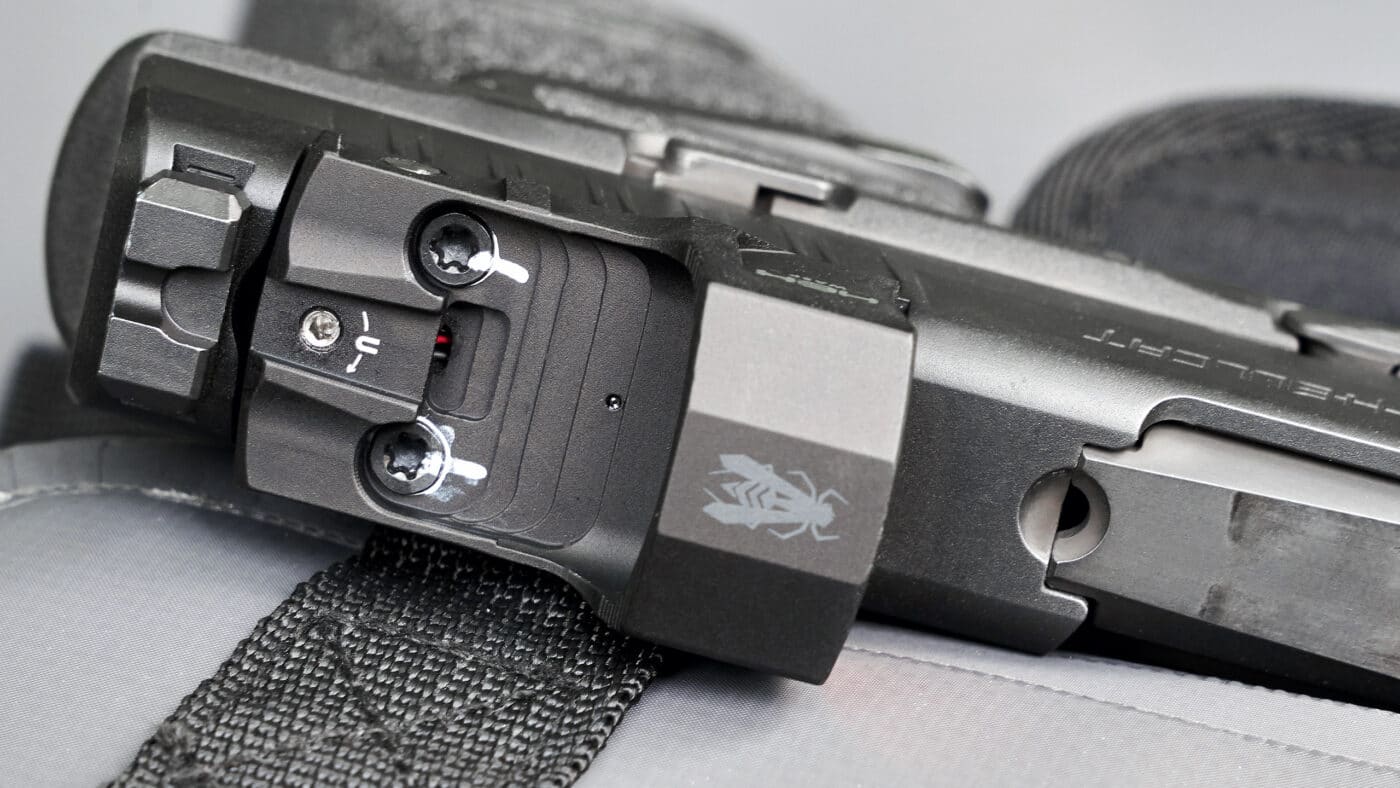
That reliability must extend to the sighting system.
2 OSP, is a piece of cake.
There is no need for gunsmithing or an adapter plate.

This provides some serious advantages.
2 OSP is seriously advantageous.
For starters, the process is simple.

No additional hardware, no plate and fewer screws.
The result is fewer points of potential failure.
The omission of a mounting plate also lowers the optic closer to the slide.
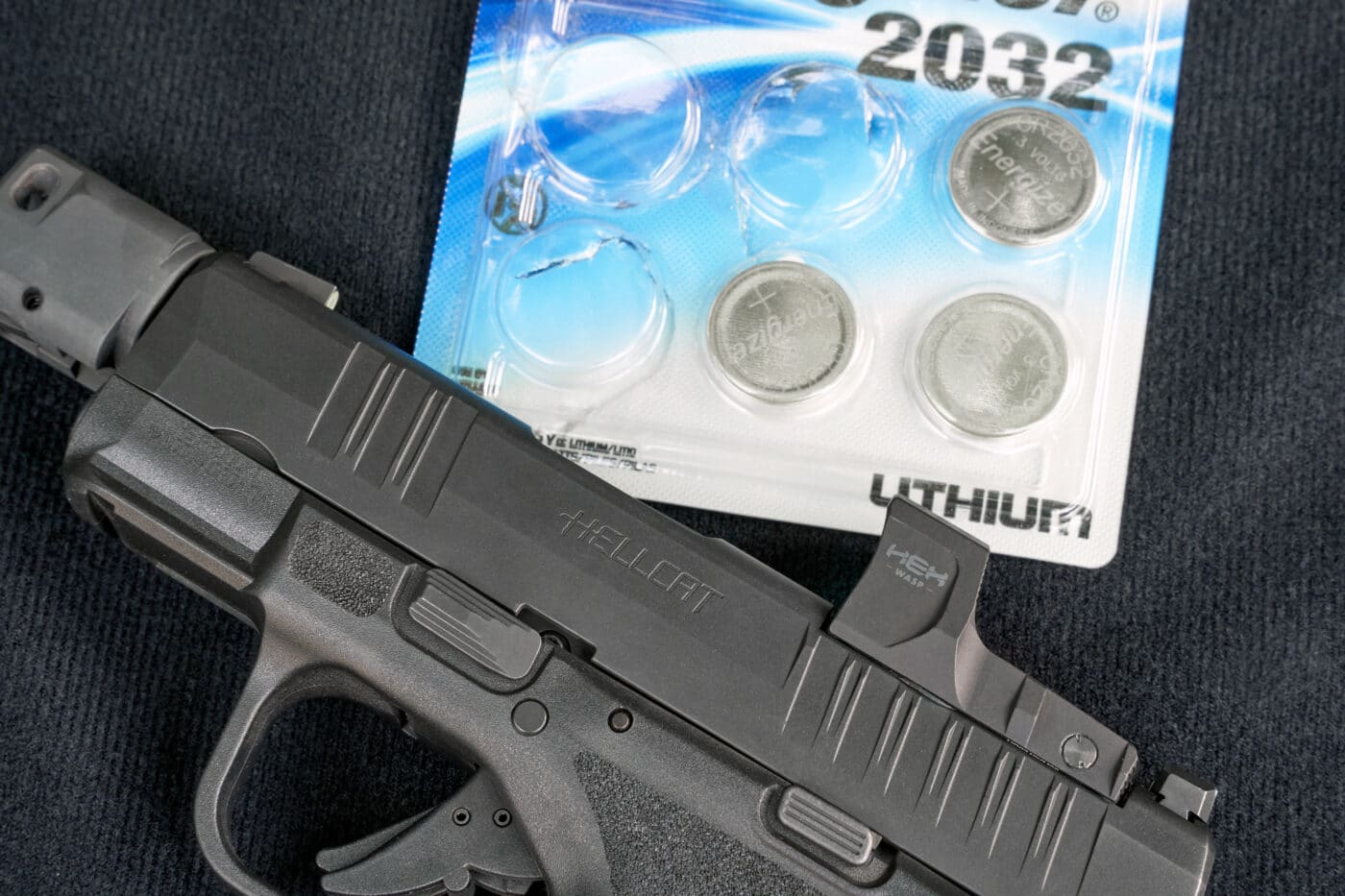
The HEX Wasp has a short, succinct and well-written manual that is worth the read.
One of the most important details included is the torque specifications for the Wasps mounting screws.
Torque is a measurement of how much energy is used to tighten a fastener.
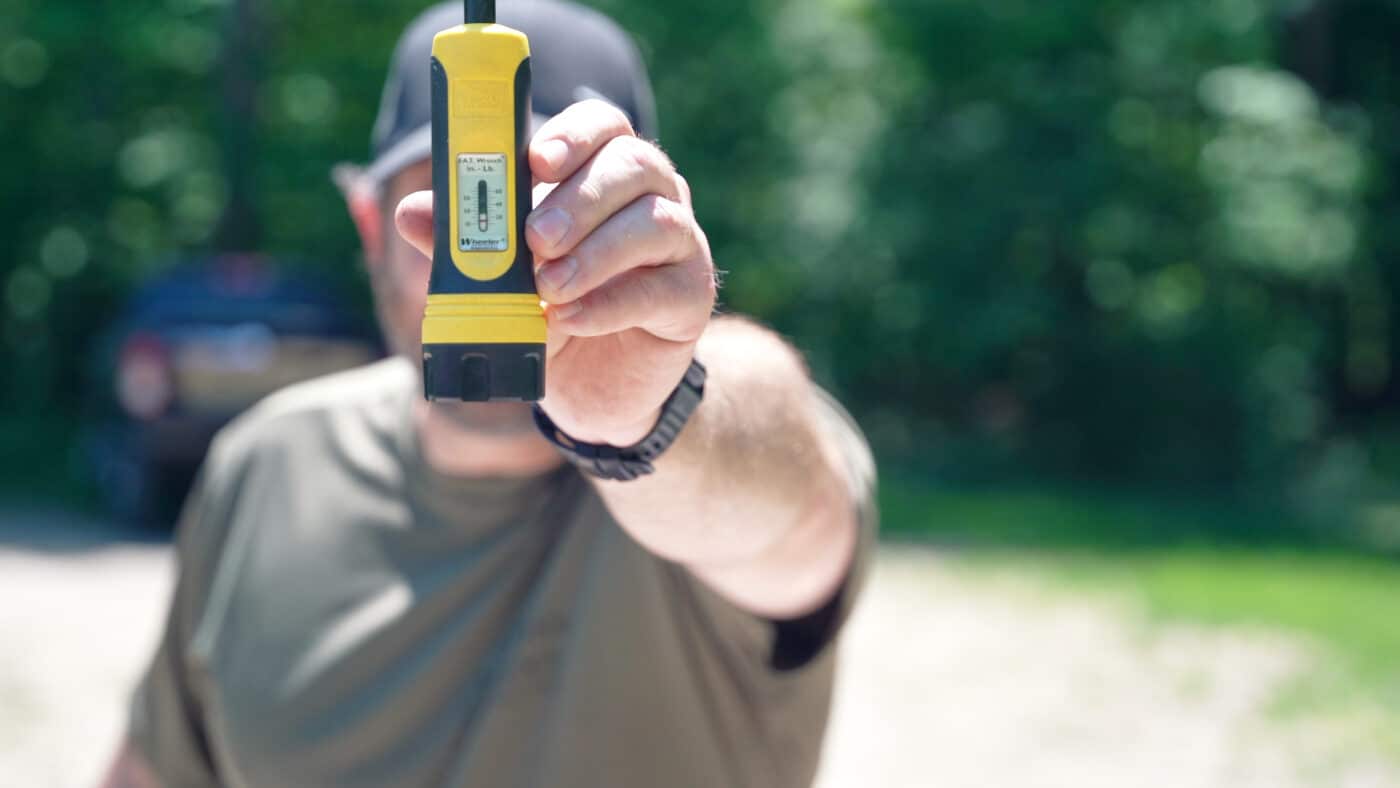
Too loose, and your optic wont stay mounted firmly.
Too tight, and you will damage the screws, the threaded holes, or both.
In the case of the HEX Wasp, the number is 15 inch-pounds.
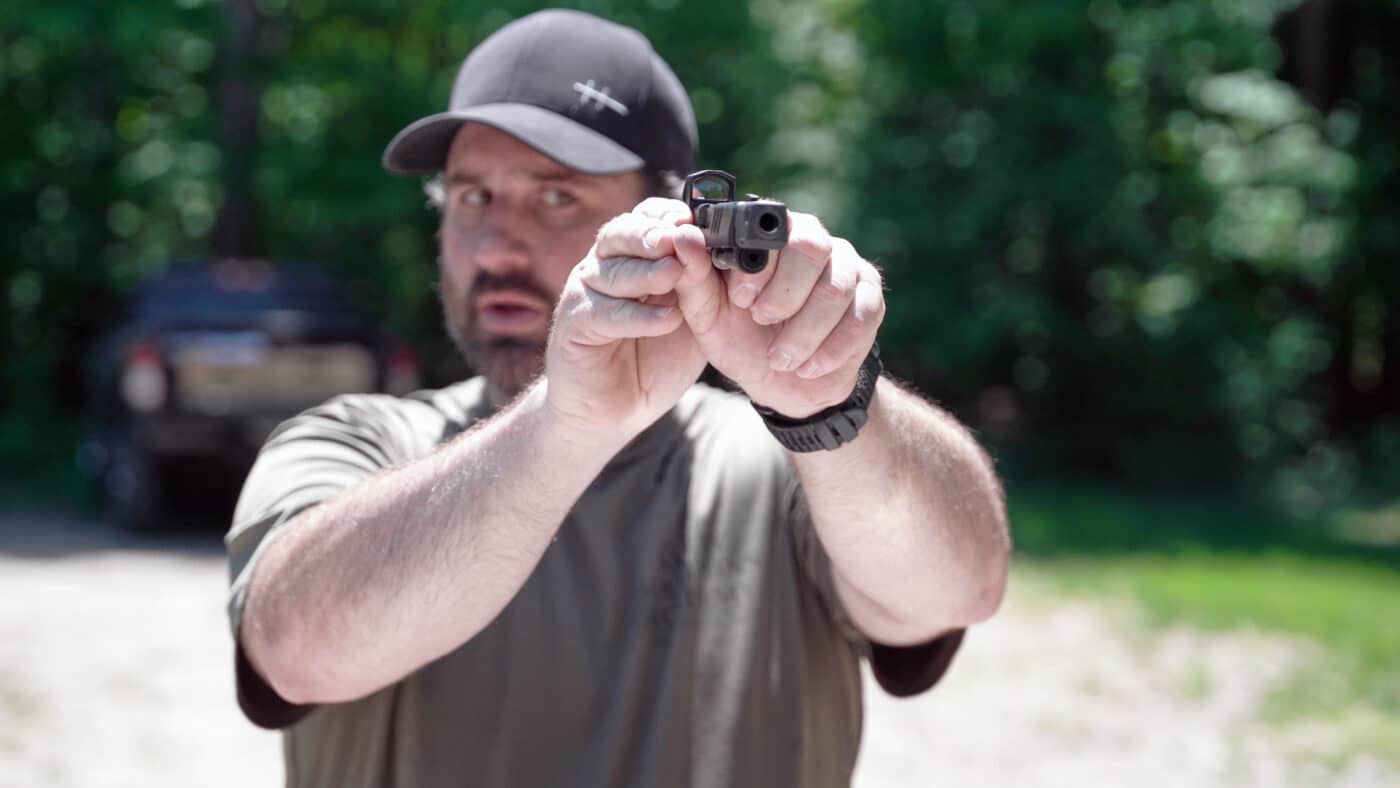
To measure the torque on small screws for mounting optics, I use a Wheeler F.A.T.
This makes precisely measuring the torque very easy, and well worth the expense of the wrench.
The HEX Wasp is designed using the Springfield Micro Footprint (Shield RMSc-compatible).

Keep in mind that screw diameter, thread count, pitch and length all matter.
I think of these plates as an easily reversible step on the way to a permanent solution.
I dont recommend a dovetail plate for serious use.

Having your dot sighted in is just as important as having it mounted properly.
As a result, we want to conserve ammo as we sight in our new optic.
An easy way to do that is to align the dot with the factory sights by sight.
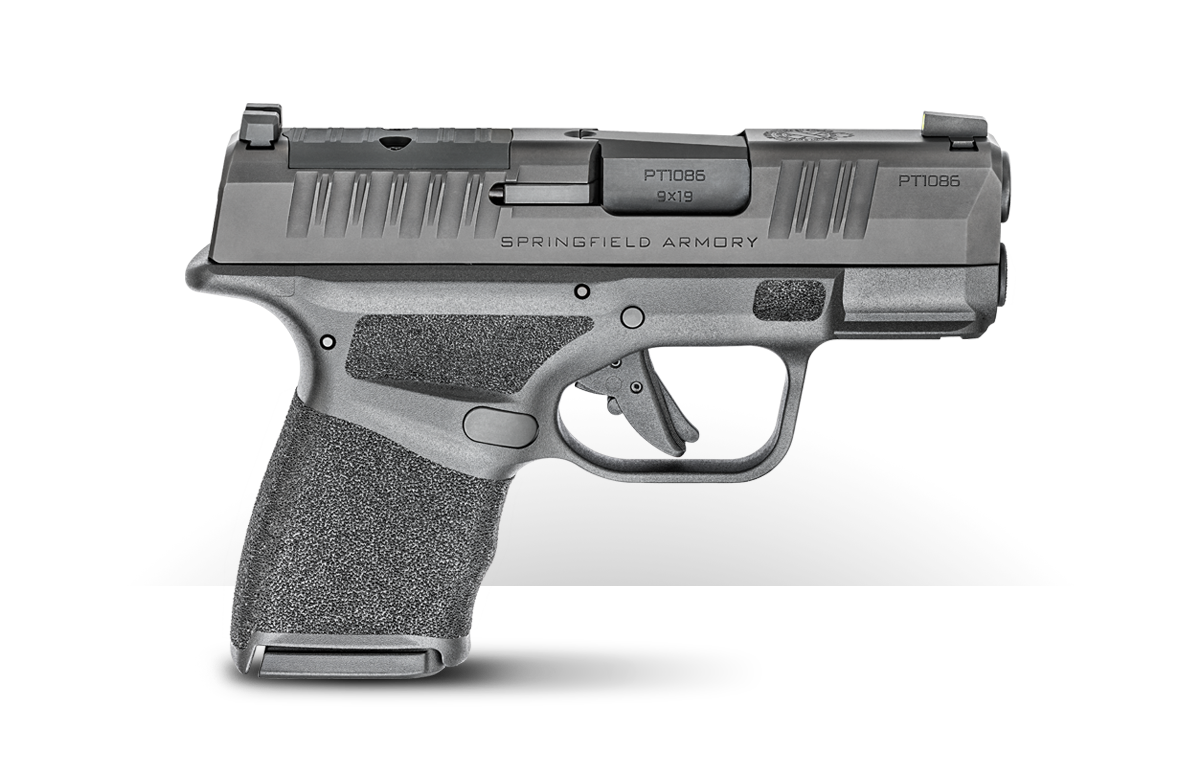
When you get to the range, point your pistol at the berm and align your iron sights.
This wont be a perfect zero, but it is a great starting point.
I typically sight my red dot handguns at 10 yards.

For me, 10 yards seems to be a good balance.
Most days, that is.
When it comes to the HEX Wasp, I actually start out a touch farther at 12.5 yards.
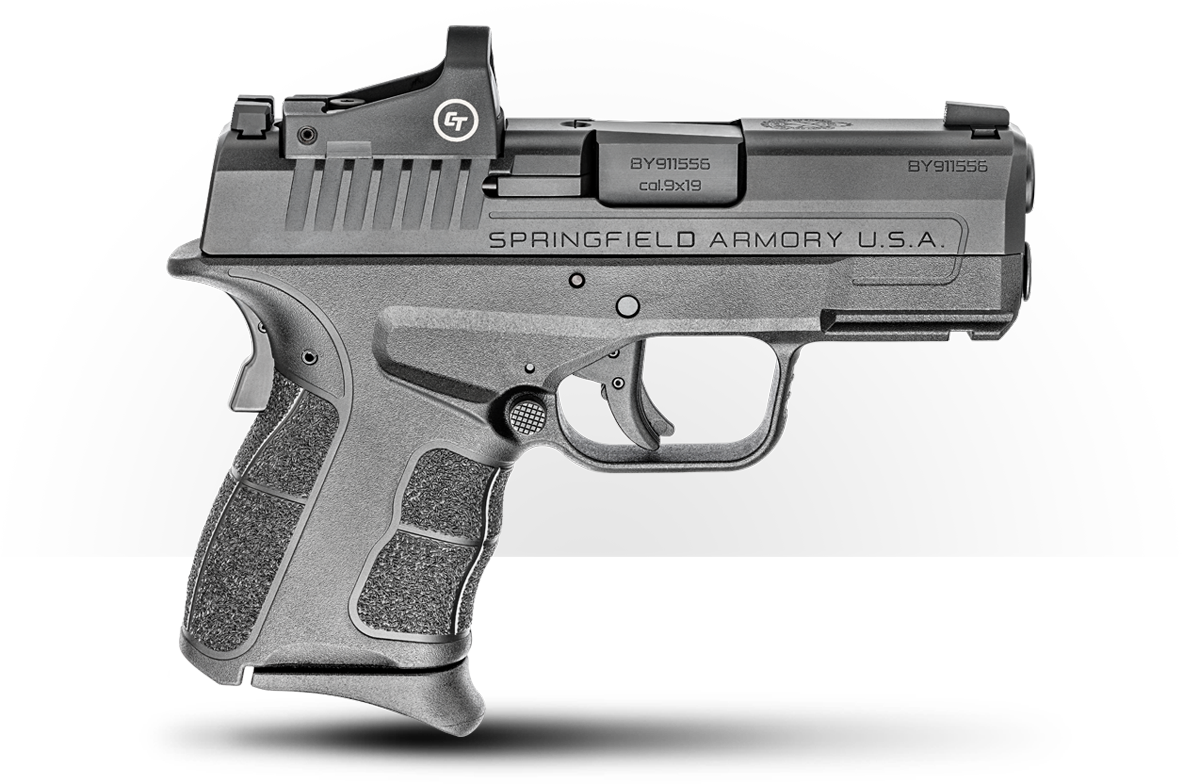
The reason is simple.
For each hash mark of adjustment, the dot moves 12 at 25 yards.
If Im at 12.5 yards, the dot will move half of that 12, or 14.

12.5 yards makes the math easy, and then I can fine-tune the results at 10 yards.
Dialing It In
The HEX Wasps elevation and windage screws turn smoothly.
This means that you cant hear or feel clicks as you adjust the dot.
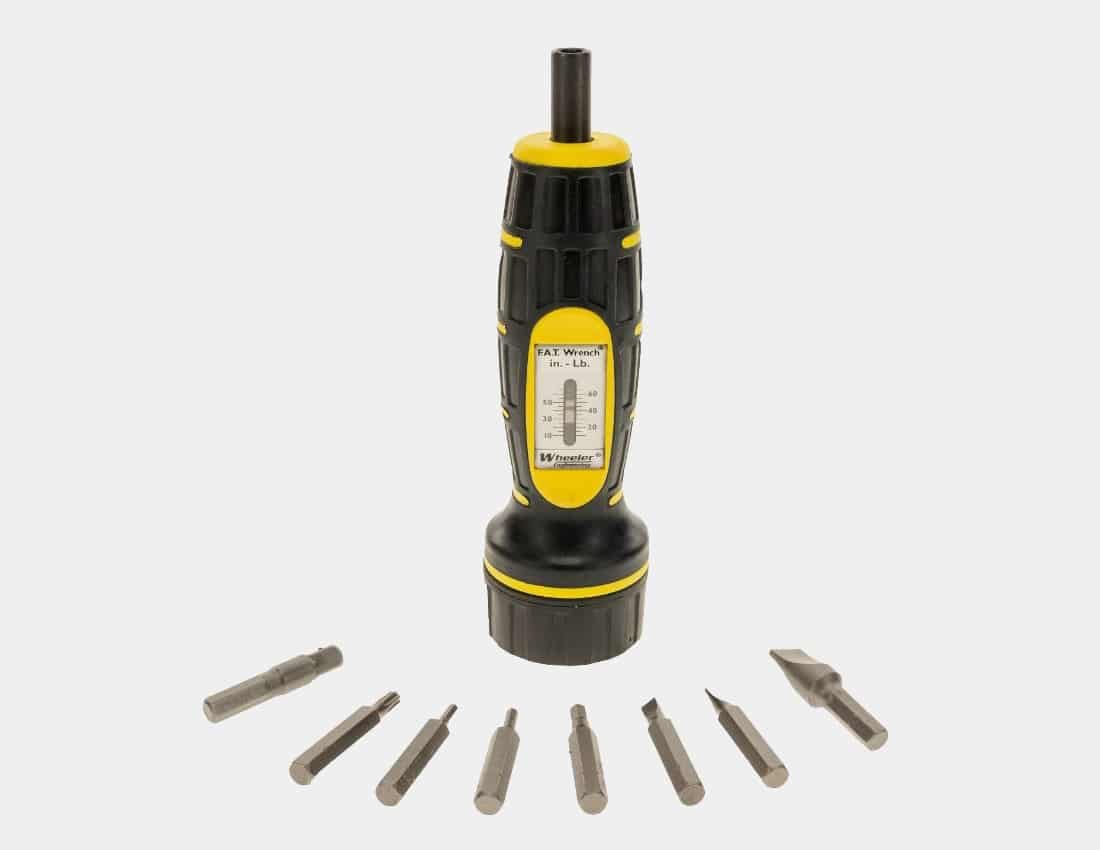
HEX has handled that issue by including a handy dial to help you efficiently sight the dot in.
Above, I mentioned that the hash marks represent 12 of dot movement at 25 yards.
The hash marks are found on this dial and using it is a piece of cake.
Simply insert the 1.5mm Allen wrench into the dial.
Take your time, measure how far your groups are off your zero and do the math.
It will take a bit of time, but it isnt hard.
Of course, the dial is just a guide and isnt necessary.
you might wing it.
Ill use the dial.
Keeping It Prepped
Proper maintenance is an important part of the reliability of defensive handguns.
The same is true for the optics we put on top of our pistols.
We have to keep them in tip-top shape.
When it comes to optics, one of my top priorities is keeping them mounted securely.
The first important step is torquing the screws properly on installation, but they also need to stay put.
I dont carry a torque wrench with me to torque the optics screws daily.
Instead, I rely on witness marks.
As long as the marks match, I know that the optic is locked in place.
If the marks dont match, Ive got a screw backing out.
The always-on, auto-brightness HEX Wasp has an advertised battery life of 65,000 hours.
That is impressive out of that tiny little 2032 button battery.
I dont doubt Springfields numbers, but I do seriously question my luck.
Murphy is always lurking.
So, I make it a habit of changing all my optics batteries every six months.
When I change the batteries in the smoke detectors, I change the batteries in my optics.
Just to be safe.
The Wasp has a bottom-loading battery so you will need to remove the optic from your pistol.
Of course, confirm to properly torque the screws to 15 inch-pounds.
Finally, head to the range and fine-tune that zero to ensure your dot is ready to rock.
You needed a reason to shoot, anyway!
To use your dot, you have to be able to see it.
That means keeping the lens clean.
Also, I always seem to get handprints on the front of the objective.
If I get something really goopy on there, just plain water seems to do the trick for me.
A dot can be a tremendous asset or a tremendous liability.
The choice is really yours.
More importantly, it will be bright and ready should your life depend on it.




